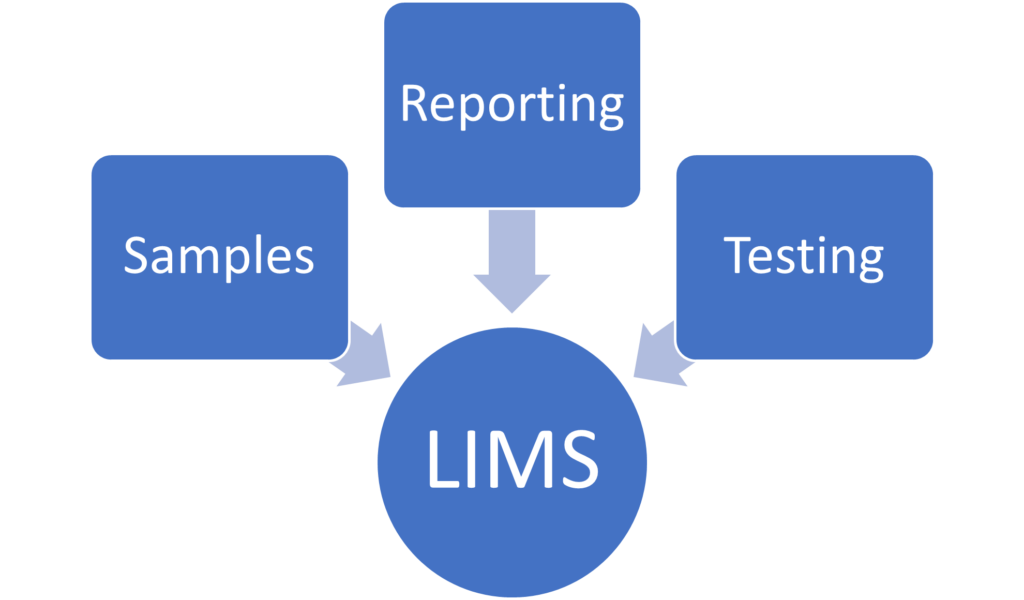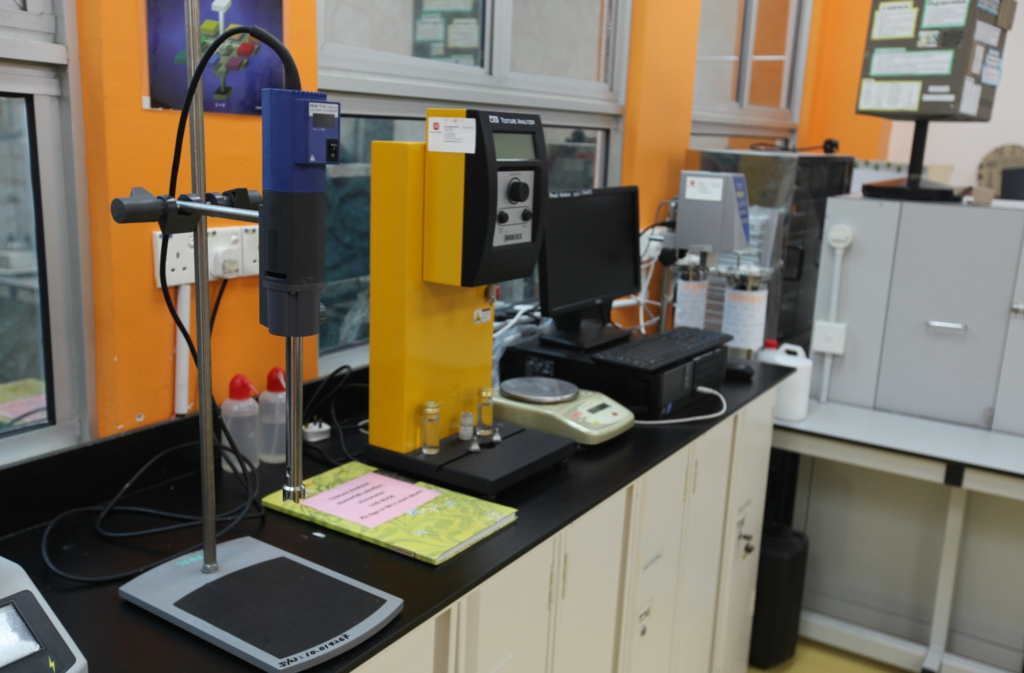For years, laboratory records and data were stored in in notebooks, spreadsheets and binders. This provided a paper trail for samples and inventions, but allowed errors in data entry, tracking and storage that can have major consequences.
The first Laboratory Information Management System (LIMS) wasn’t introduced until the early 1980s, and at that time was essentially a centralized minicomputer that automated reporting. This sparked several decades of evolution, resulting in highly advanced LIMS that can greatly reduce paperwork, improve sample collection, avoid duplication errors, and provide a digital process for chain of custody.
These features enhanced laboratory processes and information management activities for all involved parties. Today, they are staples of all high-functioning laboratories and allow staff to configure workflows, track data, optimize inventory management and provide robust reporting tools.
How Does a LIMS work?
In most laboratory environments, scientists and technicians collaborate to enter important data related to the samples and/or project they are working on. This data could be related to batches, inspections, location of samples and/or testing, quality assurance, reporting, or time/date information.

This data used to reside in various notebooks that were housed in a variety of places, but could now be centrally located in a secure, intuitive and easy-to-access location. One of the major functions of a LIMS is its ability to support inventory management by radio-frequency identification (RFID) or barcoding, which allows laboratory staff to simply scan the sample to identify important data related to that batch.
What Types of Laboratories Need a LIMS?
Any laboratory that is ingesting a large amount of data and needs a LIMS to ensure accuracy and timely reporting. The traditional paper-based processes simply cannot keep up with the exponential increase in data, and are far more costly in the long run.
Let’s take a water utility district for example, most of whom already have a LIMS in place or are looking to upgrade an outdated version. Below are just a few functions LIMS are used for in this setting:
- Regulatory Reporting: Water utilities are required to report results to the State Drinking Water Information System or a similar entity to assure they are complying with regulations
- Sample Collection: Water samples are collected, analyzed, stored, tested and eventually treated. This timeline of activity and data can be seamlessly recorded by a LIMS.
- Chain of Custody: These organizations need a robust tracking mechanism for water samples that have been collected and/or tested.
Many laboratories are now being proactive in implementing LIMS to account for a potential expansion in staff, data and/or records. These software-based solutions can be scaled to address rapid growth, or designed to accommodate incremental growth.
While nearly every lab could benefit from a LIMS, they are generally found in labs that focus on pharmaceutical tracking, medical records and testing, environmental testing and quality assurance organizations. The amount of industries that deploy a LIMS is rapidly expanding, so any laboratory that needs a system to classify, store and track samples of any kind could benefit from implementation.
The Future of LIMS

The need for mobile applications of LIMS continues to rise as these devices become more prevalent in laboratory environments. The disconnect between being in the field vs. in the lab for a scientist can now be bridged by a LIMS, allowing them to use their mobile devices to capture samples, information and images of their field experiments.
The co-evolution of mobile devices and LIMS systems has revolutionized many laboratories’ operational efficiency. LIMS systems have reduced time spent on data entry, integrated laboratory instruments, minimized human error, and provided a clear audit trail for laboratories.
As more and more laboratories adopt a LIMS, the application of them could grow across a variety of industries. Any organization that handles samples and needs a secure, configurable and audit-friendly system is a candidate.
If you want to learn more about how a LIMS could modernize your operations, give Western a call today.
Follow us on Facebook and check out our LinkedIn page for more helpful articles like this!



0 Comments